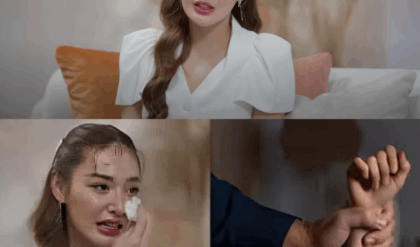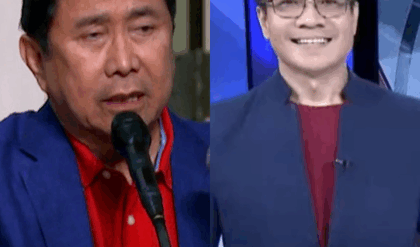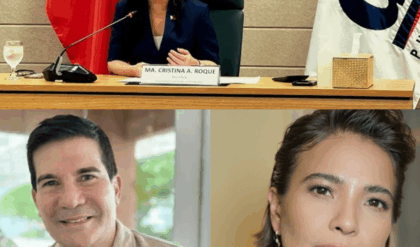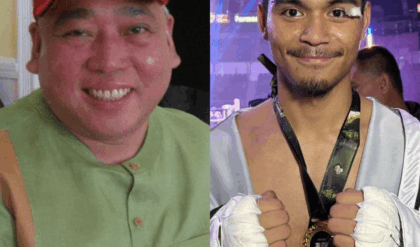A video clip recently went viral on social media, capturing the attention and concern of thousands. In it, Ate Gay, the beloved comedian and public personality, faces the camera with tears on his cheeks, gently touching his neck, and says with a hint of hope in his voice, “I’m getting better.” The clip immediately sparked a flurry of reactions—messages of support, prayers, speculation, and countless questions: what really happened to him? Has the lump truly disappeared? What does this mean for his health? And how should the public interpret such sensitive news from the world of entertainment?
It is important to begin with a caution: initial reports, especially on social media, often vary across platforms—from personal posts, vlogs, to click-driven headlines. The viral clip shows an emotional statement, but interpretation of its content opens a deeper discussion: the boundary between fact and opinion, privacy and public curiosity, medicine and hope.
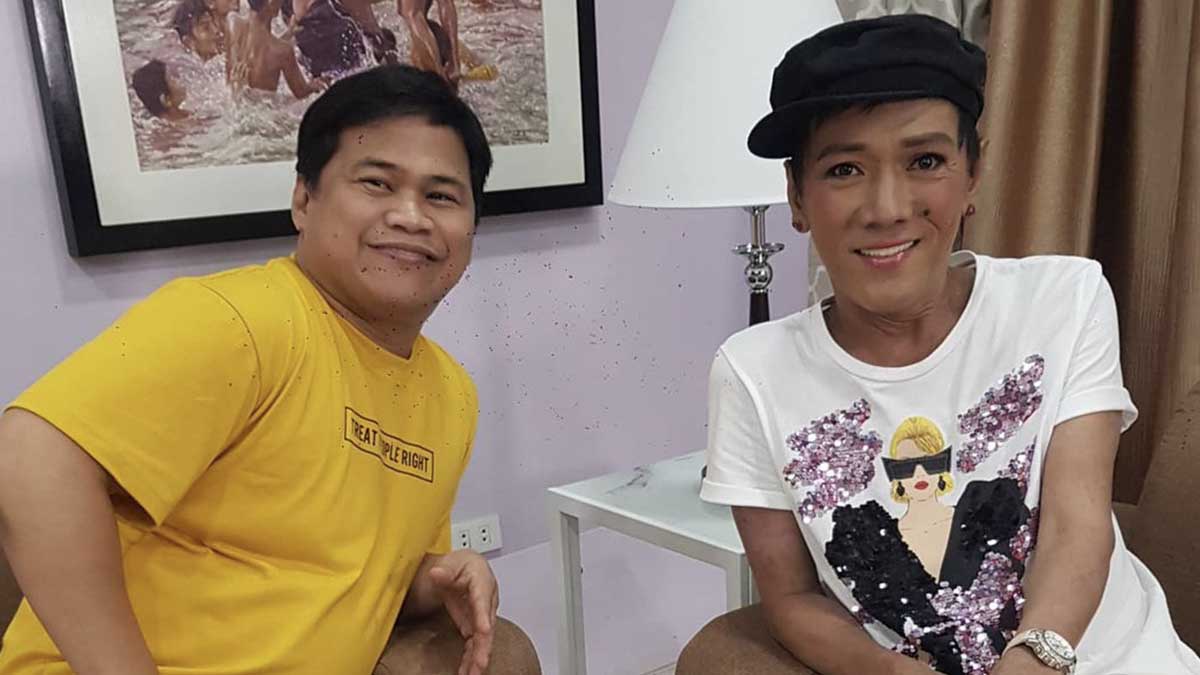
One should not take social media content at face value as medical truth. If someone says a “lump has disappeared,” critical questions must be asked: what type of lump? Who confirmed its disappearance? Is there medical documentation? Often, the term “disappeared” is used colloquially to describe improvement or reduction after treatment—but it can also reflect a misinterpretation of changing symptoms. A lump in the neck, for instance, can be caused by many conditions: a benign lymph node swelling from infection, a harmless cyst or lipoma, or a more serious tumor requiring biopsy. Claiming that it “vanished” without context can easily mislead.
Behind Ate Gay’s emotional statement lies a human story beyond the headline: the pressures of work, lack of rest, family responsibilities, and constant public scrutiny. Many performers choose to handle such news discreetly; some openly share medical updates to inform fans, while others keep personal matters private. When a celebrity shares their emotional journey, it often combines gratitude, fear, and a desire to offer hope—but it is not an authorized medical report. It should be treated as a personal account.
From a medical perspective, a “neck lump” warrants careful evaluation by an ENT specialist or oncologist, depending on its characteristics. The assessment typically begins with medical history and a physical exam: how long has it been present? Are there associated symptoms such as fever, pain, voice changes, or difficulty swallowing? Imaging studies like ultrasound or CT scans may follow, and if necessary, a biopsy is performed to determine the exact diagnosis. Treatment depends on the cause: antibiotics for infection, anti-inflammatory medication, surgical removal for many benign or malignant cases, or chemoradiation and targeted therapy for more serious conditions.

There are documented cases where certain types of lumps respond to treatment and become non-palpable, but this is the result of medical intervention—not spontaneous disappearance. Rare cases of spontaneous tumor regression exist, but these are extremely uncommon and should never replace proper treatment. In short, hope must be grounded in evidence.
Beyond the technical aspects, Ate Gay’s message has an emotional impact on supporters. Public figures sharing vulnerabilities can inspire action: prayers, online vigils, and suggestions for home remedies or alternative therapies. While well-intentioned, this can be dangerous if unverified treatments influence patients to delay proper medical care.
This is where media responsibility becomes critical. Sensitive health news shared without sufficient context can fuel misinformation. Society must demand higher standards: statements about a public figure’s health should be backed by official communication from the artist’s team or healthcare provider, or clearly framed as a personal experience—not medical advice.
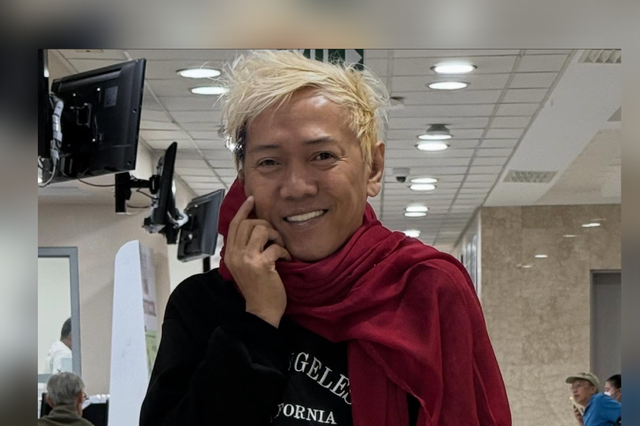
Faith and hope play a role too. Many find inspiration in seeing someone they admire recover or improve. Ate Gay’s openness may encourage those facing similar challenges. Yet there is an unseen risk: creating false hope that deters people with serious conditions from seeking timely, evidence-based care.
In the entertainment industry, this incident also highlights issues of mental health, occupational stress, and support systems for artists. Many work long hours, juggling tapings and endorsements, with limited access to comprehensive healthcare. If a public figure suffers, do networks or talent managers have proper protocols to ensure they receive adequate medical and psychosocial support? This is not just an isolated case—it is a systemic concern.
Ethically, the story raises the balance between the public’s right to know and an individual’s right to privacy. Public figures often face pressure for transparency, but this does not nullify their right to confidential medical care. Responsible reporting involves clear, sensitive communication: a statement from the celebrity and their team, providing status updates while reminding the public not to spread unverified details.
Practical advice for the audience is also important: if you notice a lump or other unusual sign, consult a licensed doctor immediately. Avoid speculation, self-diagnosis via social media, or relying on unverified online remedies. Community support is valuable, but medical decisions should be grounded in professional guidance.
Looking at the bigger picture, viral health stories in entertainment follow a pattern: a personal post emerges, fans respond emotionally, social media speculation spreads, and finally an official statement clarifies the situation. Where no official answer exists, rumors fill the void; where there is an official response, public interpretation still varies. This is the reality of modern communication: rapid, emotional, often lacking context.
For Ate Gay, the best approach is to provide space and support: space for personal and family recovery, professional support for appropriate medical care, and public discretion to avoid turning someone’s private health matters into entertainment. If his condition has improved, reporting it should provide clarity, not false hope.
Ultimately, this story is more than a neck lump or a viral clip. It reflects how society navigates illness, anxiety, and compassion in the digital age.
As this article concludes, the lesson is clear: behind every viral update is a human being deserving of dignity. Our responsibility as observers is not only to react, but to think critically, seek truth, and show empathy for those behind the camera.
